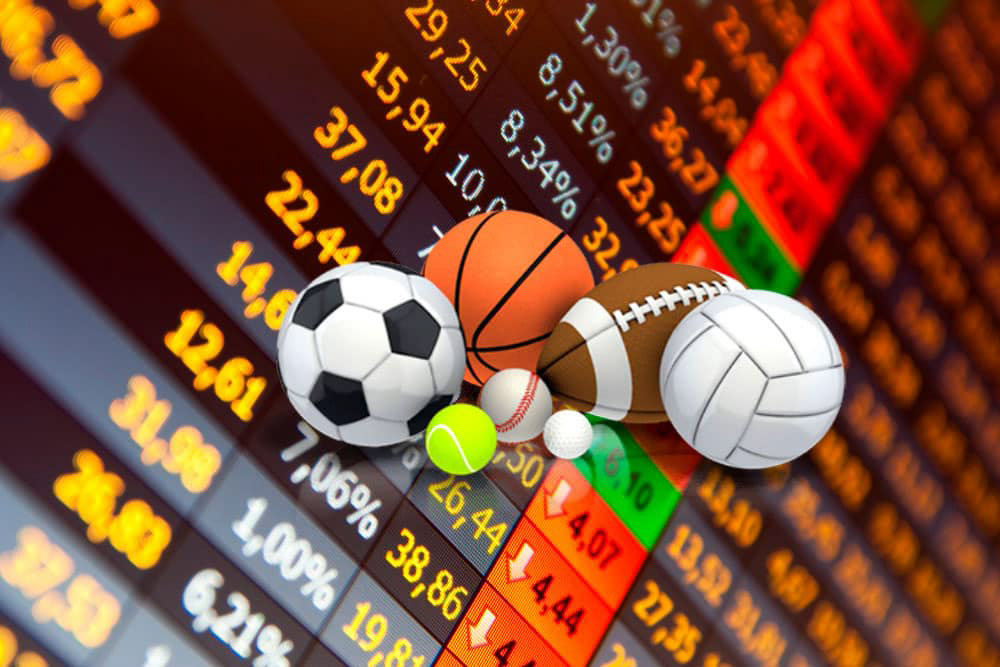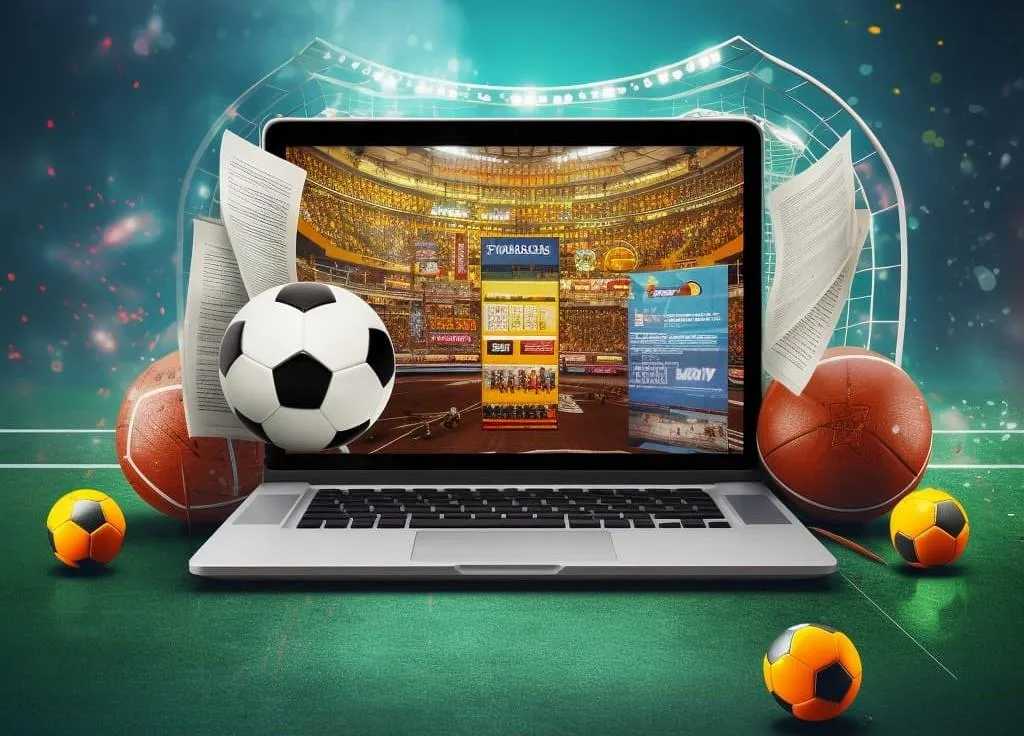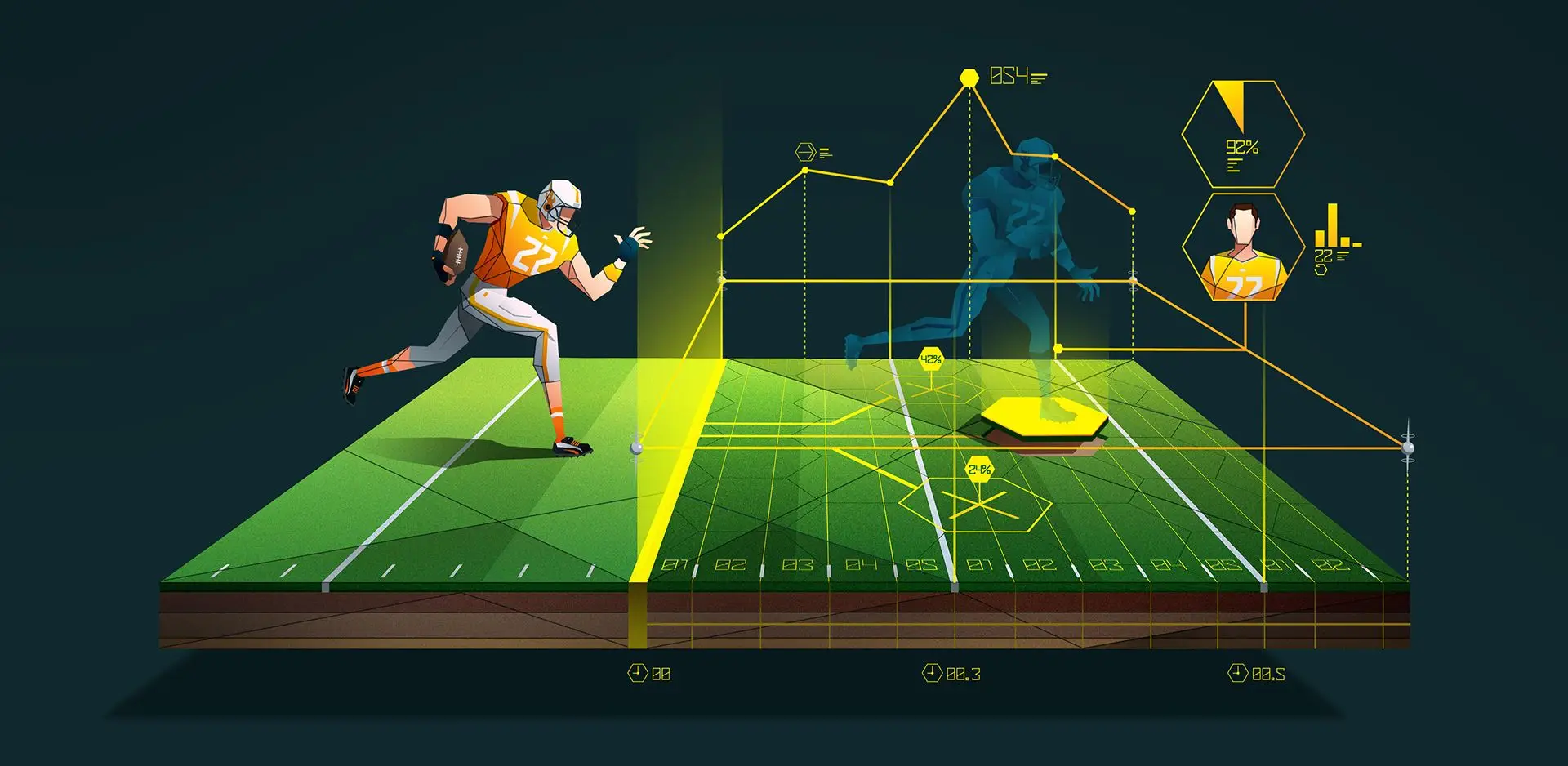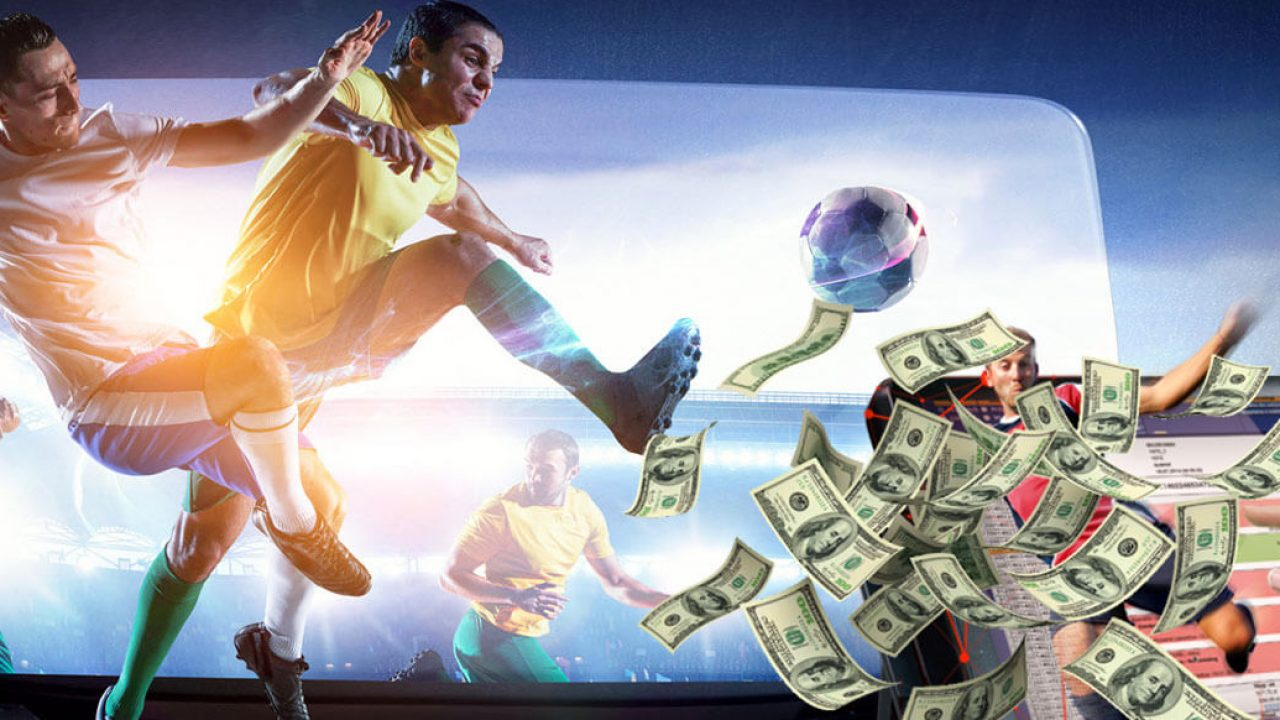The world of sports betting is a bubbling ocean of promise and opportunity. Free sports predictions entice new and experienced participants, promising accurate results at no extra cost. But where is the truth and where is the deception? Why is the calculated predictions industry so popular today and who benefits from giving away information for free? Let’s take a look at the details.
Who and why do you need free sports predictions?
Direction has become one of the most important tools today to attract and keep the attention of numerous betting enthusiasts. But why do these calculations exist in the first place, and who benefits from them? There are several aspects to consider here.

For beginners, it is a kind of lifeline, a way to dive into the world of sports betting without any particular risks. You don’t need to spend hours studying data, understanding statistics or tracking the state of forward movement. Everything is already done, and all you have to do is follow the recommendations.
And what motivates those who provide this data? Everything is very simple here: predictions for 0 roubles – a marketing tool. Professional tipsters and analytics companies often use them to lure people into their paid subscriptions. For example, the BetGenius team was able to increase the number of subscribers to its paid analyses by 30% in 2022, and only thanks to successful free recommendations. In addition, popular Telegram channels often use free sports predictions to build trust with their audience and then sell additional services.
Accurate sports predictions are the currency of trust in the industry today. The more successful results an analyst can show, the higher their reputation and the more people are willing to buy paid options. Such data is therefore beneficial for everyone – both the users and the data collectors.
Why people tend to trust free sports predictions
The psychology of trust is based on one important point: people believe in ‘free gifts’. The phenomenon of gifting conveys the feeling that there is nothing to lose and a lot to gain. Paid information seems like an unreasonable waste to many people, especially when they try their hand at betting for the first time. ‘What if it works?’ – that’s the thought of every second beginner.
An example of this are numerous bloggers like Alexei ‘BetMan’ who actively use free calculations to attract an audience and then monetise it through paid subscriptions. People prefer to believe that a quality product is available for free, especially if it comes in a nice package with confident words and successful cases.
Who makes the most accurate sports predictions?
 It is important to consider not only personal experience and intuition, but also the data used by experts. Professional tipsters, analysts and even artificial intelligence are among the most accurate forecasters.
It is important to consider not only personal experience and intuition, but also the data used by experts. Professional tipsters, analysts and even artificial intelligence are among the most accurate forecasters.
Professional Andrey Golubev, known for his success in predicting football matches, often relies on statistical models that take into account previous team results, injuries, athletes’ motivation and even weather conditions. One example is his successful predictions for the 2021 European Championships, where the accuracy rate was over 75%.
The best free sports predictions are often offered by popular Telegram channels and analytics platforms such as SportAnalytics, which specialises in ice hockey and tennis. It is important to note that successful calculations for sports such as basketball require analysing a large amount of data, ranging from the form of the club members to their psychological state.
In terms of algorithms and machine learning, AI Predict 2023 was able to create a model that predicts the outcome of games with an accuracy of 82%. Although this is not a 100 per cent result, it is well above average. The combination of analytical data and human experience allows you to achieve high performance in free sports predictions.
How to tell a real pro from an impostor
A true professional can be easily recognised by several criteria: Experience, transparency of statistics and results. The predictions of professionals are always backed up by facts and analyses. Professionals, for example, rarely give profit guarantees – after all, sport is unpredictable, while fraudsters like to promise one hundred per cent success. Another important aspect is transparent statistics: If a tipster openly publishes both successful and unsuccessful results, this shows their professionalism.
Professionals use a comprehensive approach to studying sporting events, including statistical modelling, analysing the current form of athletes and examining previous matches. They rely on real data, not ‘feelings’ or ‘intuition’. For example, Igor Novikov, a tipster specialising in football, always publishes the reasons for his assumptions, which inspires trust and respect.
Methods for researching sporting events: Instruments and strategies
The most important methods include statistical analysis, predictions based on team line-ups and the use of expert opinions. But how do you properly analyse sporting events to get really accurate free sports predictions?
- The statistics. Many professionals use platforms like Opta Sports to analyse thousands of match parameters, including ball possession, number of shots on goal, number of assists. In Champions League matches, for example, the statistics show that teams with a higher percentage of possession win 60 per cent of the time.
- Current form of players and teams. It is important to consider not only the results of recent matches, but also injuries and the recovery of team members. For example, the absence of a leader in the team can reduce the chances of success by 20-30 per cent. It is also worth considering the psychological state of the team. Lost matches can cause stress and negatively affect the results of future matches.
- The weather conditions. In tennis, for example, the surface and weather conditions play a major role. Rafael Nadal is known to perform better than 80% on clay, while his performance on grass decreases.
Should you believe free sports predictions?
There is no clear answer to this question, as it all depends on the source and the quality of the information. Free calculations can be useful, especially if they come from a proven analyst with a good reputation. Some cappers, such as Viktor Sokolov, provide data to build their audience and these often prove to be quite accurate.
On the other hand, it is important to remember that free data rarely has the same level of accuracy as paid services. Free calculations are usually less detailed and don’t always take into account all the nuances. It is also important to avoid scammers who use free sports predictions to lure gullible people to paid but inferior services.
A spoonful of honey and a spoonful of tar
 Free sports predictions can be a great tool to familiarise yourself with the world of betting and try your hand at it without a huge financial outlay. However, it is always important to be aware of the risks and not to rely solely on the advice of unknown sources. There is a fine line between genuine analysis and manipulation, and it is everyone’s job to recognise it.
Free sports predictions can be a great tool to familiarise yourself with the world of betting and try your hand at it without a huge financial outlay. However, it is always important to be aware of the risks and not to rely solely on the advice of unknown sources. There is a fine line between genuine analysis and manipulation, and it is everyone’s job to recognise it.

The use of free analyses is justified if you take a conscious approach, check the reputation of the analyst and do your own research. Ultimately, only an integrated approach – a combination of analytics, experience and intuition – can lead to success.
 en
en  ru
ru  de
de  ar
ar  es
es  nl
nl  hi
hi  fr
fr  it
it  pt
pt  el
el 



